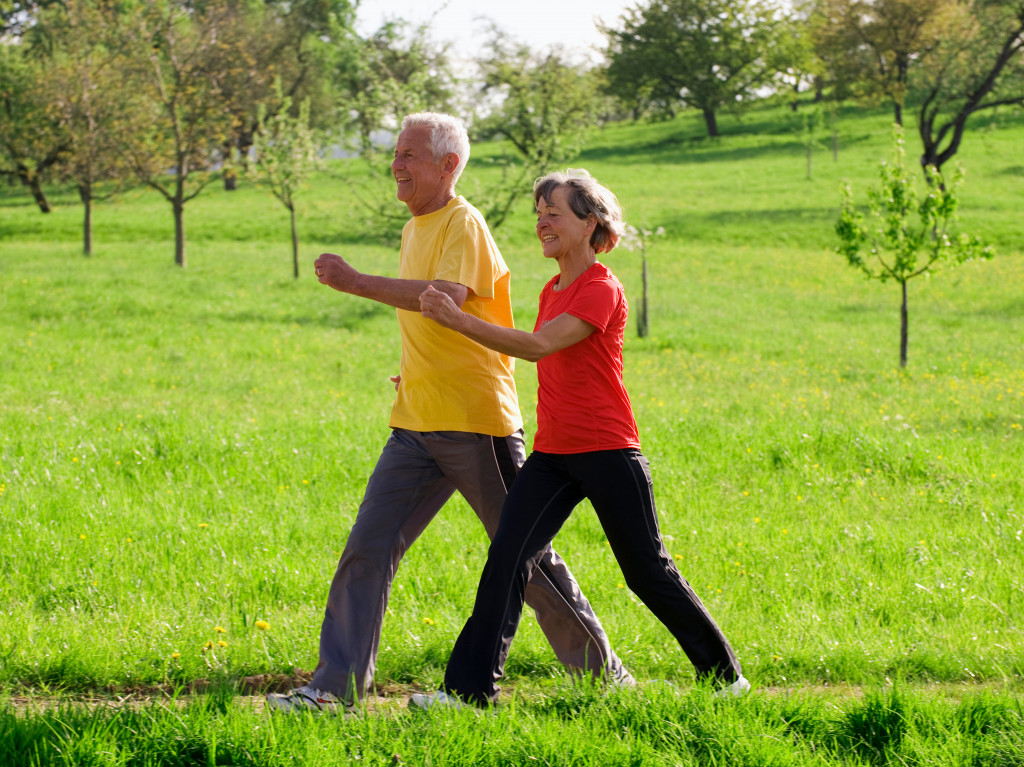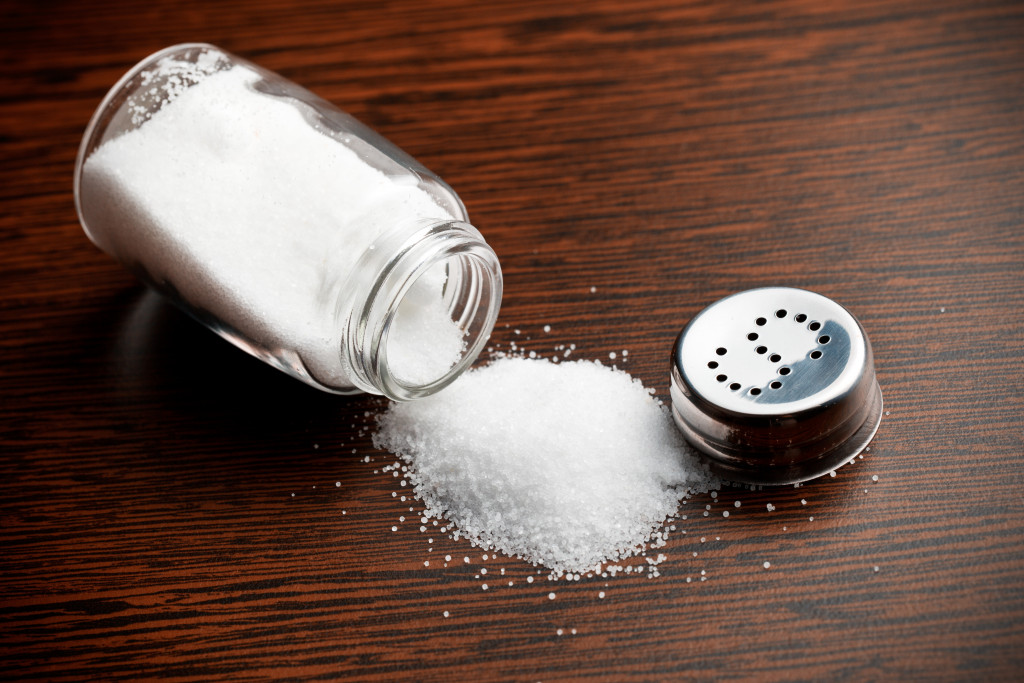- To minimize the impact of varicose veins, consider making lifestyle adjustments such as wearing compression stockings and engaging in frequent exercise.
- To promote healthy blood flow and reduce swelling, raise your legs above your heart multiple times throughout the day.
- To prevent further restricting blood flow, it’s best to avoid wearing high heels or tight clothing.
- To improve your heart health and alleviate related symptoms, it’s recommended that you decrease your salt intake.
The appearance of varicose veins can be a source of embarrassment and discomfort for many people. Swelling and discoloration in the veins are caused by weakened or damaged valves, resulting in varicose veins. While there is no cure for this condition, there are several things that you can do to help reduce its effects on your body and improve the health of your veins.
Incorporate lifestyle changes.
Incorporating lifestyle changes is one of the simplest yet most effective ways to reduce the appearance and discomfort caused by varicose veins. Here are some lifestyle changes you can make:
Wear compression stockings.
Compression stockings are highly recommended for dealing with varicose veins. Compression stockings are specially designed to provide pressure on the legs, promoting healthy blood flow and reducing the amount of blood pooling in the veins.
This is particularly important for individuals with varicose veins, as the condition causes blood to flow poorly. Choosing the correct size to wear compression stockings properly is important to ensure they are snug but not too tight.
It is also important to put them on in the morning before getting out of bed and to wear them consistently throughout the day. Compression stockings can greatly reduce the symptoms of varicose veins, providing much-needed relief for those suffering.
Exercise regularly.

Exercising regularly is crucial for maintaining a healthy lifestyle, especially for those dealing with varicose veins. The right exercises can improve blood flow, promote circulation, and reduce any symptoms associated with varicose veins. Choosing low-impact exercises like walking, cycling, or swimming is important so that do not put too much pressure on the legs.
Resistance training can also help strengthen the legs, improving vein function. It is important to gradually increase the intensity and duration of exercise over time to avoid overexertion. Consistency is key in exercise, so try incorporating it into your daily routine for lasting benefits. You can manage your varicose veins and feel better overall with proper exercise and lifestyle changes.
Elevate your legs.
Elevating your legs is crucial in improving blood flow and reducing discomfort caused by varicose veins. By placing your legs above your heart level, gravity works in your favor by encouraging blood to flow downwards towards your heart. This reduces blood pooling, a major contributing factor in varicose veins.
Elevating your legs also reduces swelling and helps ease any pain or discomfort. When implementing this practice, it’s important to find a comfortable position, whether propping your legs on pillows or using an adjustable bed.
Elevate your legs for at least 15-20 minutes daily for optimal results. Incorporating leg elevation into your daily routine can make a big difference in managing and preventing varicose veins.
Avoid high heels and tight clothing.
Avoiding high heels and tight clothing can be significant in managing the discomfort of varicose veins. Tight clothing and high heels can restrict blood flow, one of the many culprits behind varicose veins. The pressure these garments exert on the veins can cause the blood to pool in the leg, leading to swollen, achy veins.
Thus, it is crucial to be mindful of one’s apparel choices, especially if someone has varicose veins. One can opt for loose-fitting clothing made of comfortable materials that allow the skin to breathe and incorporate supportive footwear that promotes proper blood flow. By doing so, they can minimize the risk of worsening their varicose veins symptoms and feel more at ease throughout the day.
Reduce salt intake.

Reducing salt intake is crucial for individuals living with varicose veins. When consumed in excess, salt increases blood pressure, causing the veins to stretch and enlarge. Varicose veins, in turn, can cause discomfort and limit one’s mobility.
Medical experts recommend a salt intake of no more than 2,300 milligrams per day, or even less in some cases. Foods high in salt, such as processed snacks and fast food meals, should be avoided or consumed in moderation.
By reducing salt intake, individuals can improve their cardiovascular health and alleviate the symptoms associated with varicose veins. A balanced and healthy diet is key in managing this condition.
Consult a doctor who specializes in vein procedures.
It is crucial to consult a doctor who specializes in vein procedures when dealing with varicose veins. These doctors have received extensive training in identifying and treating various vein-related conditions, including varicose veins. Consulting with such a doctor is important because they possess the knowledge and tools to diagnose the issue accurately and provide appropriate treatment.
These doctors stay current with the latest advancements in vein procedures and utilize advanced technology to ensure that their patients receive the best treatment possible. Additionally, they can provide valuable advice on preventing and managing varicose veins effectively, ensuring that patients maintain a healthy and pain-free lifestyle.
These are just some ways to reduce the appearance and discomfort caused by varicose veins. With the right lifestyle adjustments and medical procedures, individuals can fully manage their condition and enjoy life.
